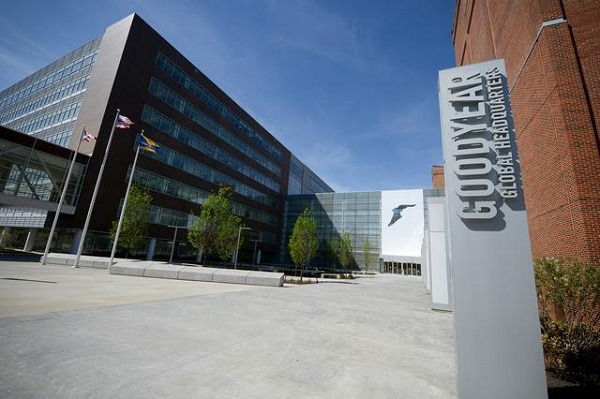Analysis - Goodyear aims to cut path through Europe’s cheap-imports wave
London – The Europe, Middle East and Africa (EMEA) region is again happy hunting ground for Akron-based Goodyear - as it has been for the past year or so.
The US tire maker's second quarter results show operating income up 38 percent to $148 million (€133 million) compared to a year ago – the third consecutive quarter of year-over-year earnings growth.
The gains were driven by higher production and sales volumes throughout the region, as well as by on-going cost-saving initiatives.
Volume was up more than 4 percent, with an 8 percent rise in OE unit sales and a 3 percent increase in the replacement market. The good news even extended to the truck tires sector, where volumes were up almost 4 percent in the quarter and to winter tire inventories.
Indeed, Kramer described EMEA as a two-track market: strong growth for high-end products, in particular those sized 17-inch and above, but flat demand for those dimensioned 16-inch and below.
"We see the market as still demanding excellent technology driven by the OEMs. We really love the car park that still sits in Europe there," said Kramer.
On the other hand, he noted a continuing in-flow of low-end Asian tires into Europe, particularly via eastern Europe - partly fuelled by tariffs in other world regions.
"When tariffs go up in one region, those tires typically move to somewhere else," said Kramer. "In the past, they went down to South America, as those economies slowed and currencies depreciated, tariffs are back in the US… now they are in eastern Europe.
"So, as we fight off the low-cost tires coming into the East that actually has a negative impact on our mix in Europe. [This] hides some of the positive impacts we're getting on the 17-inch and above."
Going forward, Goodyear will focus on new products, leveraging its brands, and further actions to reduce cost, its leader commenting: "We're only on the front-end of fixing our European business over the long-term."
So while Kramer forecast "strong results in Europe" continuing into 2017, he also signalled “some significant cost actions there as we move ahead, as we look at our production over there.
Goodyear's EMEA team, he concluded, are "very focused on cost, day-to-day cost, as well as structural cost to reduce the fixed cost to that business going forward."
Comments by Richard Kramer sourced from Goodyear conference call transcript, supplied by Seeking Apha.
This article is only available to subscribers - subscribe today
Subscribe for unlimited access. A subscription to European Rubber Journal includes:
- Every issue of European Rubber Journal (6 issues) including Special Reports & Maps.
- Unlimited access to ERJ articles online
- Daily email newsletter – the latest news direct to your inbox
- Access to the ERJ online archive






